There is lot of advice floating around these days about how to avoid gluten, but very little about how to tell if a gluten-free diet is the right choice for you.
Q. What is gluten?
A. Gluten is a large protein complex that forms when two smaller proteins (called gliadins and glutenins) bind together after being exposed to water. There are about 100 different known forms of gliadins and glutenins found in wheat, rye, barley, and hybrids of these grains (such as triticale—a wheat/rye hybrid). The gluten complex has elastic properties. It can trap gas and expand like a balloon. When carbon dioxide produced by yeast in unbaked dough is trapped in gluten, it causes the dough to rise.
A true gluten-free diet requires the complete exclusion of all whole foods, food products, and even medications containing any gluten proteins. The diet allows naturally gluten-free foods like fruits and vegetables, legumes, nuts, seeds, unprocessed meats, fish, eggs, dairy products, and whole grains that do not have gluten proteins (such as oats, corn, rice, and buckwheat). Products labeled as “gluten-free” (like legume-based pastas and gluten-free baked goods) can also be included.
Q. Who needs to follow a gluten-free diet?
A. For a small segment of the population with certain medical conditions, following a gluten-free diet is essential.
–Celiac disease is a relatively common and underdiagnosed autoimmune condition. “In individuals with celiac disease, gluten ingestion causes an autoimmune reaction that results in damage to the small intestine,” says Nicola McKeown, PhD, a faculty member at the Tufts Friedman School and scientist at the Jean Mayer USDA Human Nutrition Research Center on Aging. Symptoms may include abdominal pain, chronic diarrhea or constipation, vomiting, weight loss, and fatigue, with varying severity. Celiac disease is diagnosed with a blood test that looks for certain antibodies to gluten. If the blood test is positive, an intestinal biopsy may be performed to look for the damage celiac disease causes to the lining of the intestines. Definitive diagnosis is made by instituting a gluten-free diet and seeing if symptoms resolve. If you suspect you may have celiac disease, putting yourself on a gluten-free diet before being tested will make diagnosis difficult, so it is essential to see a doctor before starting any dietary restrictions. Untreated celiac disease has been reported to increase risk for type 1 diabetes, an itchy skin rash called dermatitis herpetiformis, heart disease, intestinal cancers, osteoporosis, infertility, and anemia. Because celiac disease has a strong genetic component, it is recommended that close relatives of people with this condition also be screened. The only treatment currently available for celiac disease is lifelong avoidance of gluten.
-Wheat allergy is another case in which a gluten-free diet may be prescribed (although a wheat allergy may be triggered by either gluten or non-gluten wheat proteins). Wheat is one of the eight most common food allergens. Some, but not all, people with wheat allergy will also react to rye and barley. As with other food allergies, onset of symptoms occurs rapidly after eating wheat and can involve the gastrointestinal tract, skin, and respiratory system. Exercise-induced wheat allergy is a rare condition in which physical exertion and wheat ingestion together can trigger a life-threatening reaction called anaphylaxis. Wheat allergy is diagnosed with blood tests or skin prick tests. Treatment is a wheat-free (and possibly gluten-free) diet, and possibly antihistamines and epinephrine.
-Non-celiac gluten sensitivity (NCGS) is another condition which necessitates gluten-avoidance. People who report an adverse reaction to gluten but for whom wheat allergy and celiac tests are negative are said to have non-celiac gluten sensitivity or gluten intolerance. Symptoms vary and may include stomach pain, diarrhea, fatigue, headache, brain fog, and skin conditions. Little is known about the pathophysiology of this condition and there are no diagnostic tests. Other conditions, such as celiac disease, wheat allergy, inflammatory bowel disease, and irritable bowel syndrome, should be ruled out by testing. Then, if removing or reducing gluten resolves symptoms, and adding it back in causes symptoms to return, the condition is labeled NCGS.
-Mimics of gluten sensitivity could also be responsible for symptoms. In several studies, significant numbers of people who believe they have gluten sensitivity did not develop any more symptoms when unknowingly exposed to gluten than when exposed to a placebo. Researchers suspect that some cases thought to be gluten sensitivity may actually be reactions to other (non-gluten) parts of wheat or other foods. “For people who believe they have a wheat allergy or gluten intolerance but test negative for allergy and celiac disease, it is possible that symptoms are triggered by FODMAPs—short chain carbohydrates that are poorly absorbed and fermentable by gut bacteria,” says McKeown. “These natural sugars and fibers may cause digestive problems similar to that of gluten intolerance.” Because wheat contains FODMAPs called fructans, it is possible that some people who believe they are reacting to gluten are actually reacting to fructans. “A hydrogen breath test may be helpful in identifying fructan intolerance in selected cases,” says John Leung, MD, an allergist, gastroenterologist, and director of the Center for Food Related Diseases at Tufts Medical Center.
Q. Is a gluten-free diet healthy for people without these conditions?
A. Gluten-free diets have grown in popularity in recent years. Although less than one percent of people worldwide are known to have celiac disease and only six percent are thought to have non-celiac gluten sensitivity, the most recent available market research suggests nearly one-third of Americans have attempted to eliminate or reduce the amount of gluten they consume. Although a number of mechanisms have been proposed by which gluten may contribute to weight gain, diabetes, and other health problems, human intervention trials to confirm these theoretical connections are lacking. A 2019 review of data from three large American prospective cohort studies found that people who consumed the highest amount of gluten actually had a 13 percent lower risk of type 2 diabetes than those who reported the lowest gluten intake.
“If avoiding gluten leads people to eat less refined starch and sugar, and eat more minimally processed fruits, vegetables, nuts, beans, oats, and buckwheat, this can lead to important health benefits,” says Dariush Mozaffarian, MD, DrPH, dean of the Friedman School and editor-in-chief of Tufts Health & Nutrition Letter. “But, if they simply replace refined wheat products with refined rice and corn products, or with other unhealthy choices like processed meats, there will be little health gain, and possibly harms.”
A 2018 study by Tufts researchers published in the journal Nutrients compared the nutrient composition of gluten-free eating patterns versus gluten-containing diets. The researchers found that, on average, a gluten-free menu was significantly lower in protein, magnesium, potassium, vitamin E, and folate then a similar gluten-containing menu. (On the positive side, the gluten free menu was lower in sodium, although results from other recent studies vary.) The study authors also conducted a meta-analysis of seven studies comparing the nutrient intakes of adults with celiac disease following a gluten-free diet with control subjects eating a standard diet. In this analysis, gluten-free eaters consumed less fiber and folate than the controls. “Gluten-free diets are not weight loss diets or healthier than gluten-containing diets,” says lead author Amy Taetzsch, PhD, RDN, now a clinical assistant professor of nutrition at the University of New Hampshire. “In fact, gluten-free diets may be lower in some important nutrients and higher in calories.”
Whereas refined wheat flour is required by law to be enriched with some of the vitamins and minerals removed in the processing of whole wheat, most gluten-free products are not similarly enriched. “For example, gluten-free cookies, crackers, or snack foods may be made from refined, unfortified rice, tapioca, corn, or potato flours,” says McKeown. “This means that they lack certain nutrients (like iron, folic acid, and other B vitamins) that are required to be added to all refined wheat products. Another major concern is that dietary fiber intake is lower because whole wheat-based foods are a major contributor to dietary fiber intake.” In other studies, people following a gluten-free diet showed significantly increased blood levels of mercury, lead, and cadmium as well as elevated concentrations of total arsenic in urine compared to subjects eating a standard diet, possibly due to the extensive use of rice in gluten-free processed foods.


Image © JoKMedia | Getty Images
Q. What does a healthy gluten-free diet look like?
A. For those who must avoid gluten (and those who choose to), a naturally gluten-free diet should be rich in fruits, vegetables, legumes, nuts, seeds, and minimally processed, gluten-free whole grains (like amaranth, buckwheat, millet, oats, quinoa, sorghum, and teff). Relying on commercial, processed/packaged gluten-free foods is not recommended. “Everyone, regardless of whether they have a gluten sensitivity or not, would benefit from increasing fruit and vegetable intake, avoiding highly processed foods, and limiting refined grains,” says McKeown. “Minimally processed, intact whole grains (whether gluten-containing or gluten-free) are rich in micronutrients and fiber and should be consumed regularly.”
“If you suspect a food intolerance, consult a doctor,” says Leung. “Unnecessary food avoidance can be harmful because of risk of malnutrition.”
If you are following or considering following a gluten-free diet, consider these tips:
-See a healthcare provider for testing before beginning a gluten-free diet if you think you may have a reaction to gluten.
-Replace gluten-containing foods with fruits, vegetables, legumes, nuts, seeds, and minimally processed, gluten-free whole grains like amaranth, buckwheat, millet, oats, quinoa, sorghum, and teff.
-Avoid or limit commercially prepared gluten-free processed food products made from unenriched refined rice flour or corn starch.



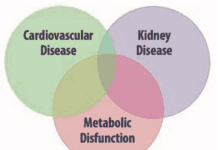

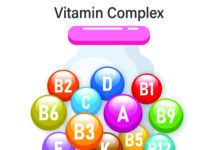





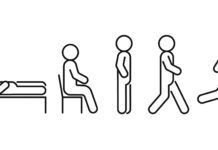

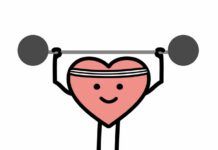

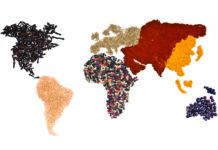


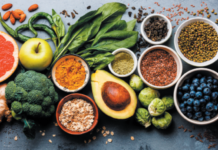





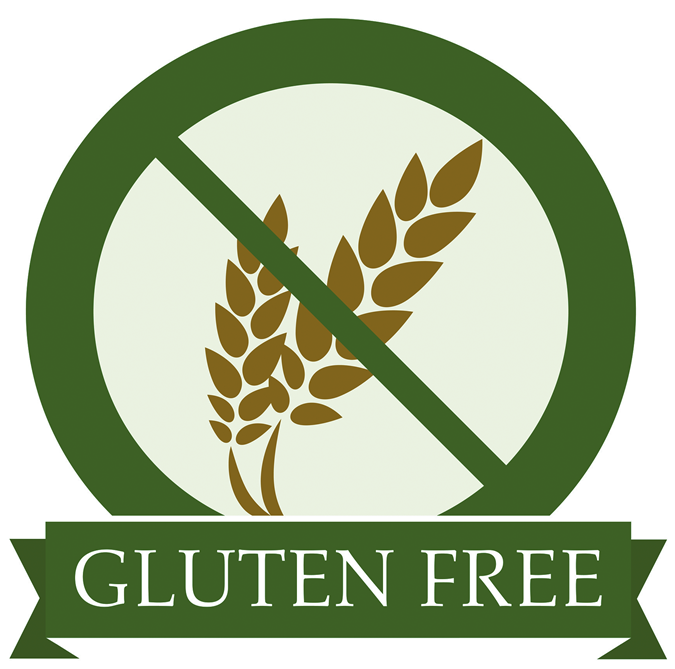
Would love to know more about how you determine if FODMAP are the issue.